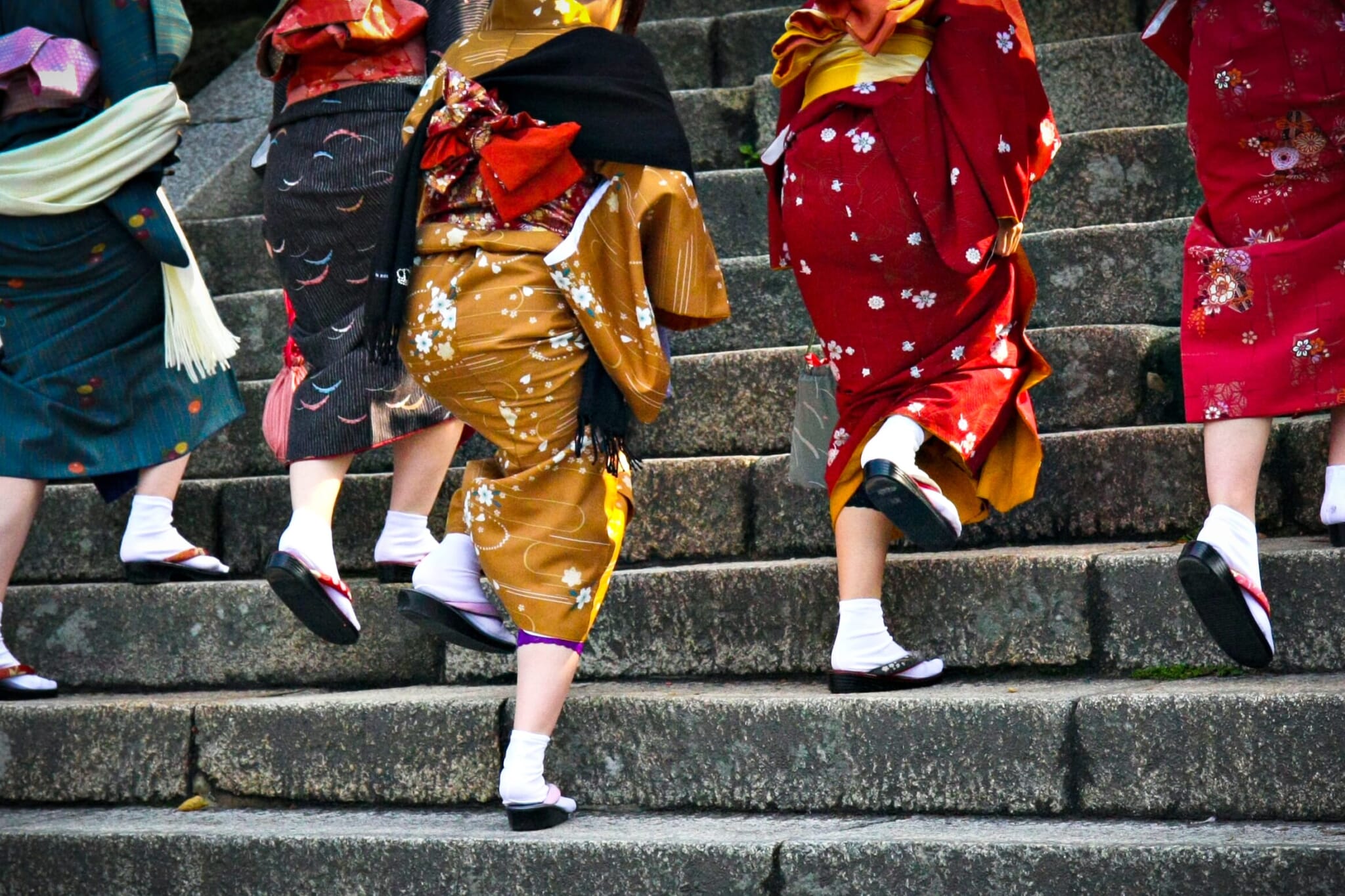A lot of people have heard of yukata and kimono, but the two types of traditional Japanese clothing are often confused. Not to mention silken robes often being referred to as “kimono,” to the frustration of many Japanese people.
Historically, the term “kimono” meant all clothing, though nowadays it refers to traditional Japanese attire. In that sense, a yukata is a type of kimono, although the yukata is lighter and more casual than what the term kimono brings to mind.
From the difference in layers, how to accessorize, when and where to wear them and the materials they’re made of, this is the run-down on how you can differentiate between a yukata and a kimono.
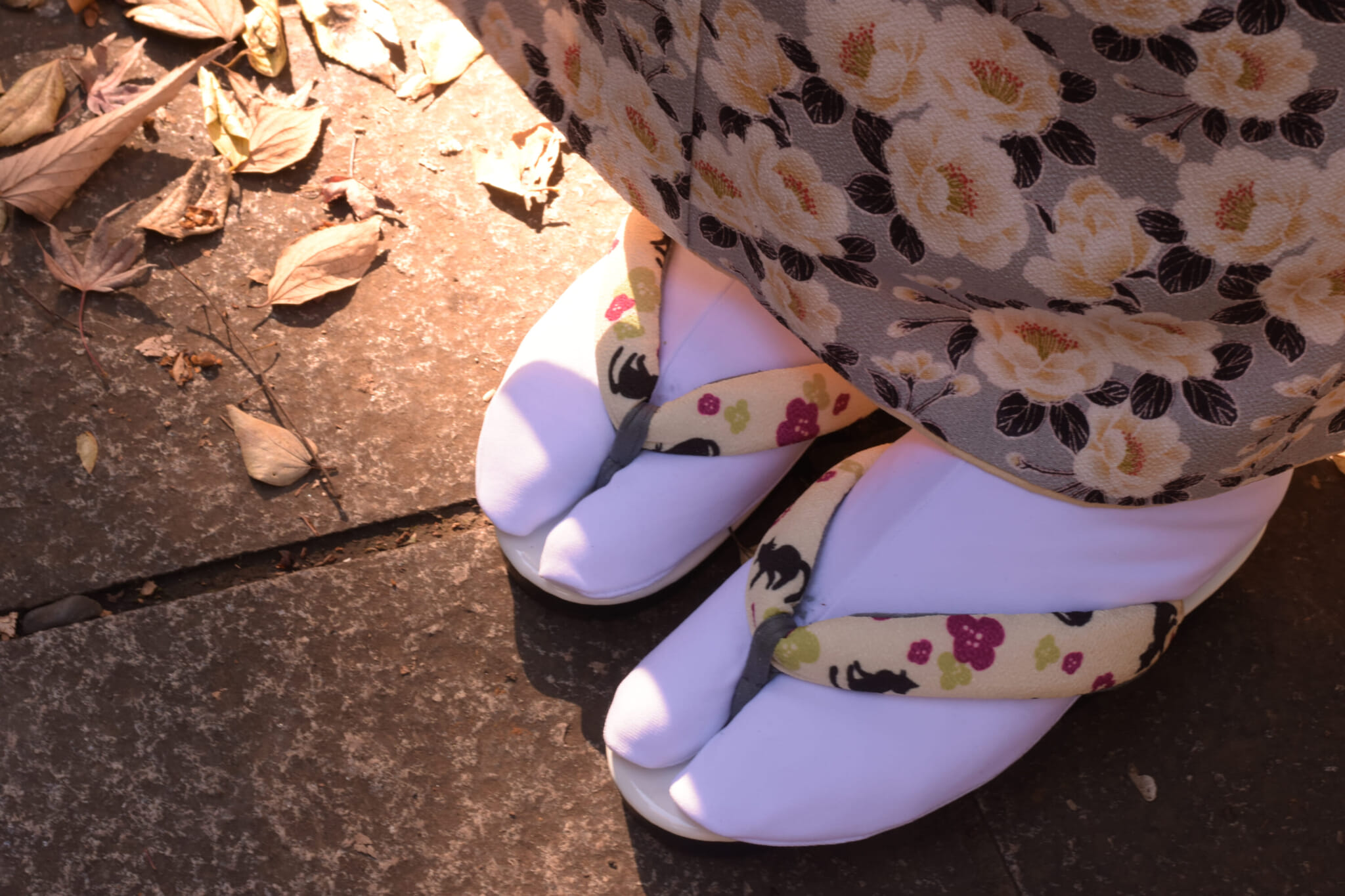
Layers and Accessories
One of the first and main differences between the kimono and the yukata are the layers worn and what’s accessorized with each. The modern kimono is usually worn with two layers, with a type of underwear called nagajuban. Worn under the top layer of the kimono, a nagajuban looks like a pale white or pink kimono. Its sleeves and collar peek out from under the kimono, so they are usually fitted at the same time as a kimono.
Under the nagajuban, women also often wear towels and pillows around their waist and chest to get rid of any curves when wearing a kimono. Kimono are tied with an obi belt. There’s a wide array of obi types, from the more casual Nagoya obi to the formal Fukuro obi that’s often used in tea ceremonies.
Yukata, on the other hand, are usually single-layered. Women may still correct their proportions with towels, but as yukata are more casual than kimono, there’s less of an emphasis on wearing them perfectly. Yukata are often tied up with a han-haba (half-width) obi, which is lighter and easier to tie.
There are endless ways to accessorize kimono and yukata, including the obijime, a decorative rope that lies on top of the obi. You can pair a kimono with zori, — formal sandals — and tabi socks, but it’s becoming increasingly popular to wear a kimono with modern shoes, like a pair of boots. With the yukata, it’s common to wear a pair of geta sandals, but you shouldn’t wear the fancy zori with them.
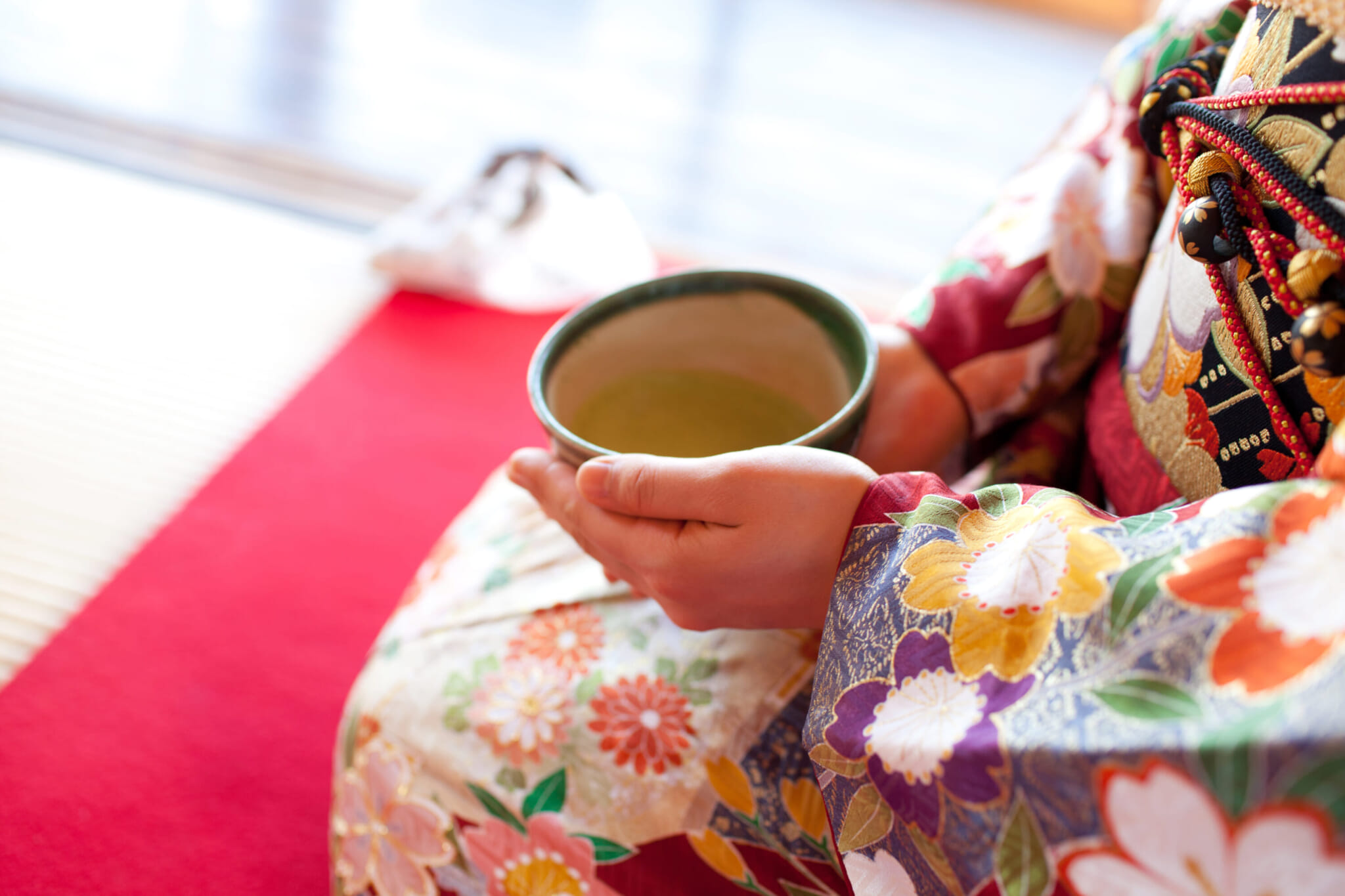
Type of Occasion
Another difference between the kimono and the yukata are their degree of formality, and the type of events they would be appropriate for. Kimono are formal wear. They can be equated to a nice dress or, if wearing a furisode (kimono with long sleeves worn by unmarried women), an evening gown. A kimono would be appropriate for wearing on a nice outing, from a fancy lunch to a gala.
Originally meant to be worn after a bath or as sleepwear, yukata are much more casual. Because they’re lighter, yukata are often seen in the summer, mainly at omatsuri firework festivals. Yukata are also distributed at onsen ryokan (hot spring hotels) to be worn within the premises. Since wearing the heavy layers of kimono in the stifling heat of Japanese summers would be quite exhausting, you may see yukata at more formal events in the hottest months.
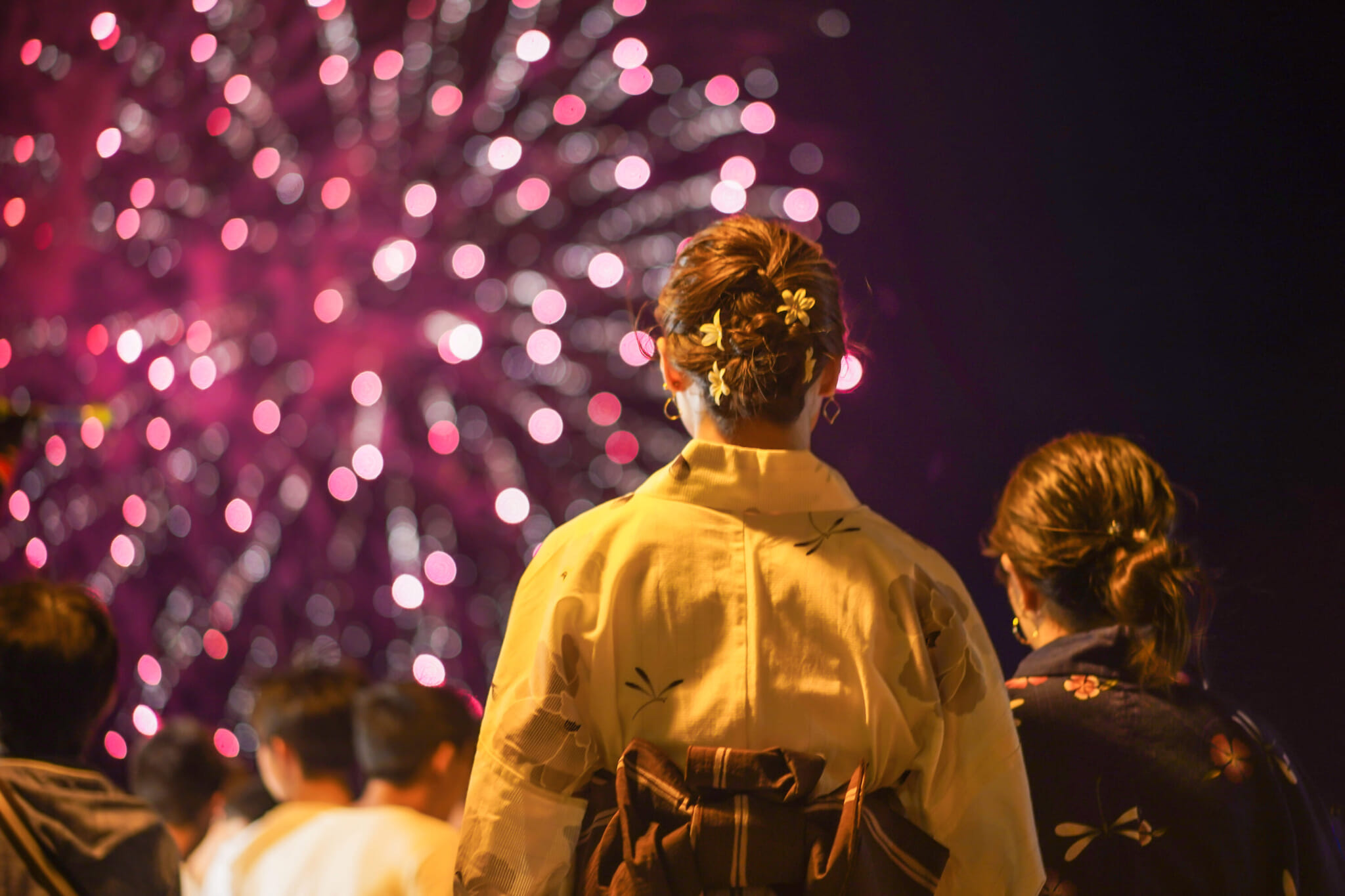
Seasonal Differences
For the most part, yukata are worn in the summer, and kimono are worn year-round, though less often in the warmer months. However, it isn’t necessarily bad to wear a yukata in the colder months, it would probably just be too cold.
Kimono have two different types to accommodate for the seasons: the awase, which is worn from October to May, that has a lining on the inside of the kimono, and the hitoe, worn from June to September, which doesn’t. There’s also an even thinner version of the hitoe, the usu-hitoe, which can be worn in the hottest months of July and August. There are also different types of obi and nagajuban that are different for each season.
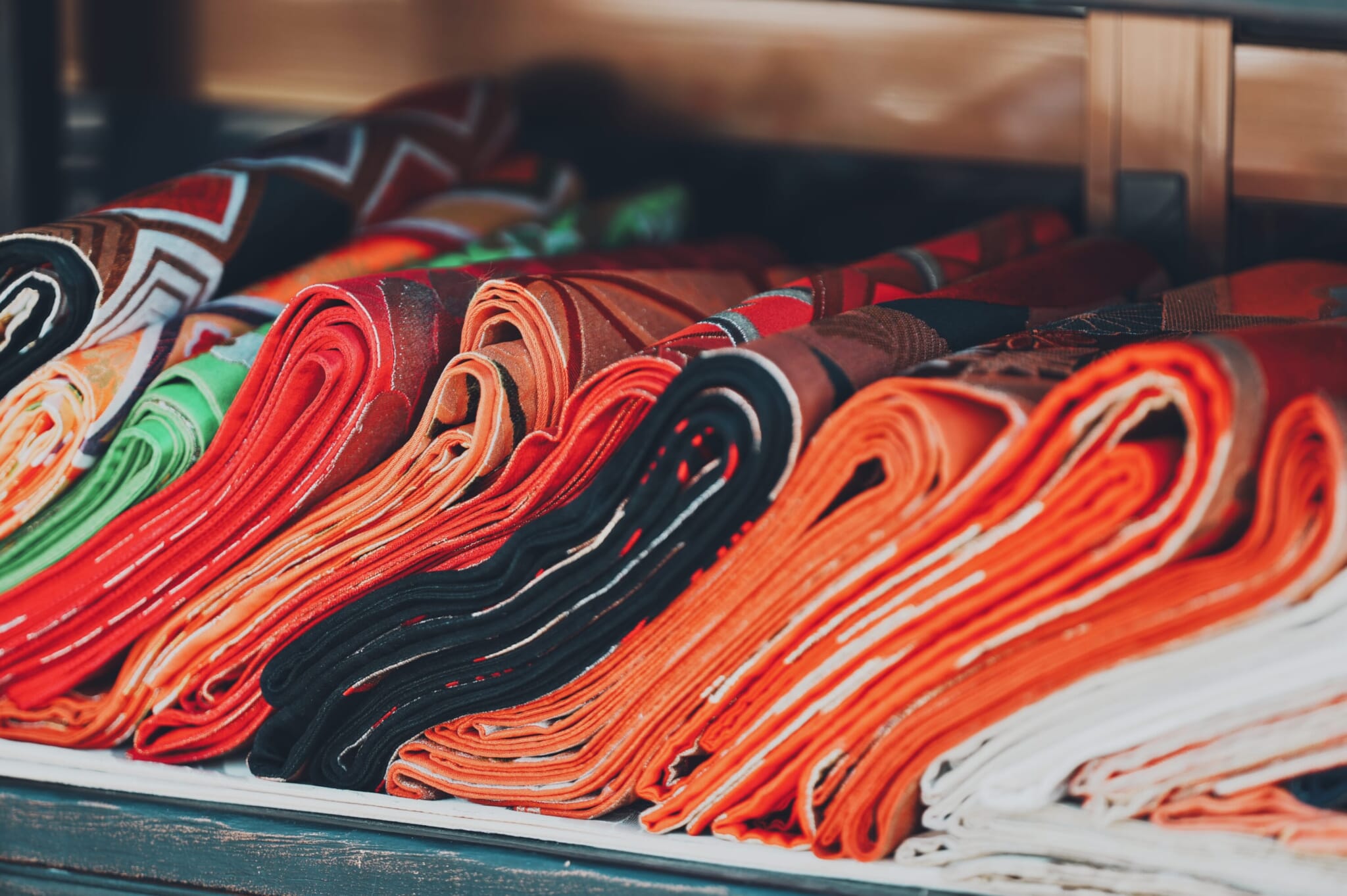
Materials
The final difference between the kimono and the yukata is the materials they’re made from. Yukata are often made from cotton, industrial hemp or polyester, and prioritize sweat-wicking capabilities.
Kimono can also be made from hemp, polyester or wool, but high-quality kimono are made from silk. Nice kimono are wrinkle resistant and made of soft materials that have warming properties.
Regardless of whether you’re wearing a kimono or yukata, it’s good practice to wear patterns that are in-season. A common misconception, however, is that you should wear a kimono with cherry blossom patterns when attending a hanami (cherry blossom-viewing event). Cherry blossom designs should actually be worn in early spring right before the blossoms bloom. The idea behind it is that anything man made can’t compare with the real thing, and you shouldn’t try to compete with it. To really appear in-the-know, wear patterns that are just about to be in-season.
Most Japanese traditional clothing incorporates sceneries inspired by nature, and wearing them according to the season is another way to enjoy Japan’s lush natural landscape. Kimono and yukata are not necessarily tied to any religious or political meaning, and are meant to be enjoyed by everyone. Consider wearing some traditional Japanese clothes on your next adventure and immerse yourself in the stunning culture in a different way.

